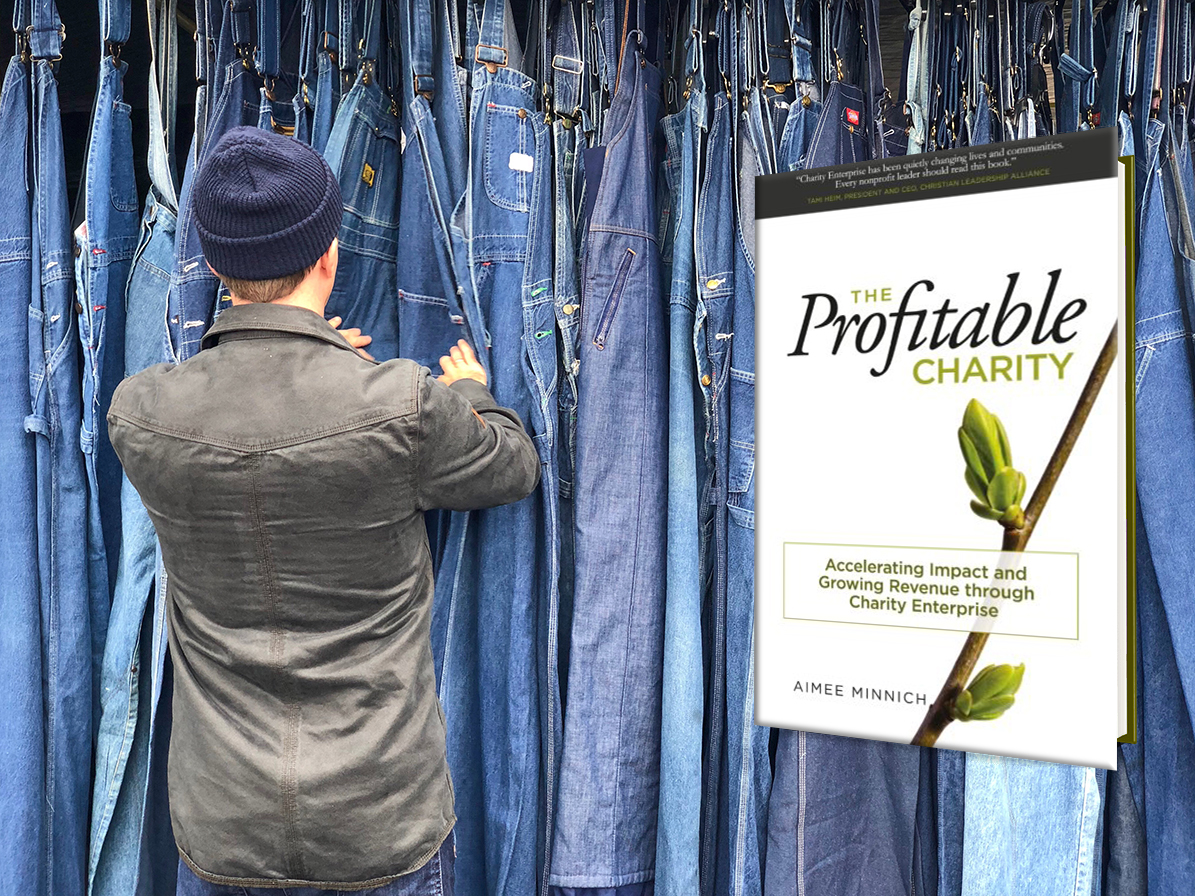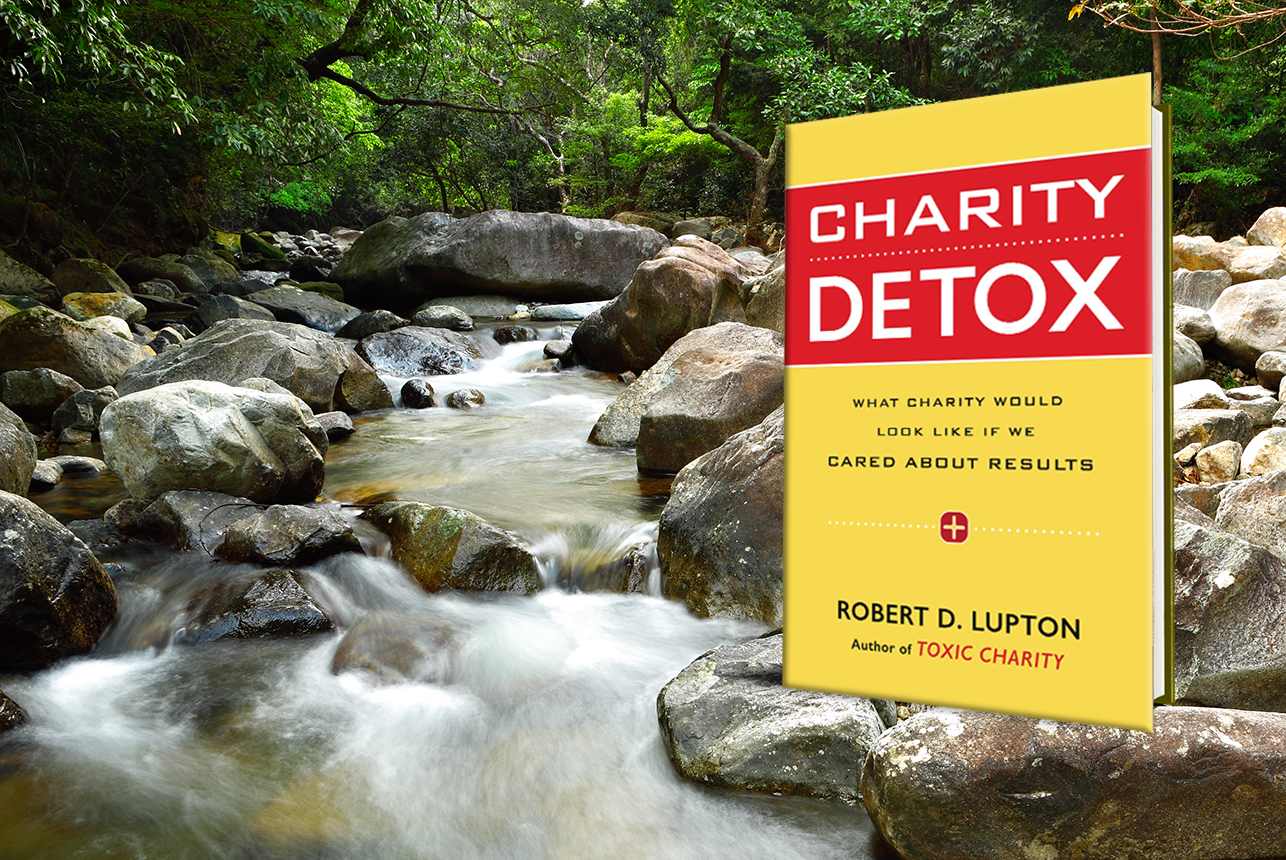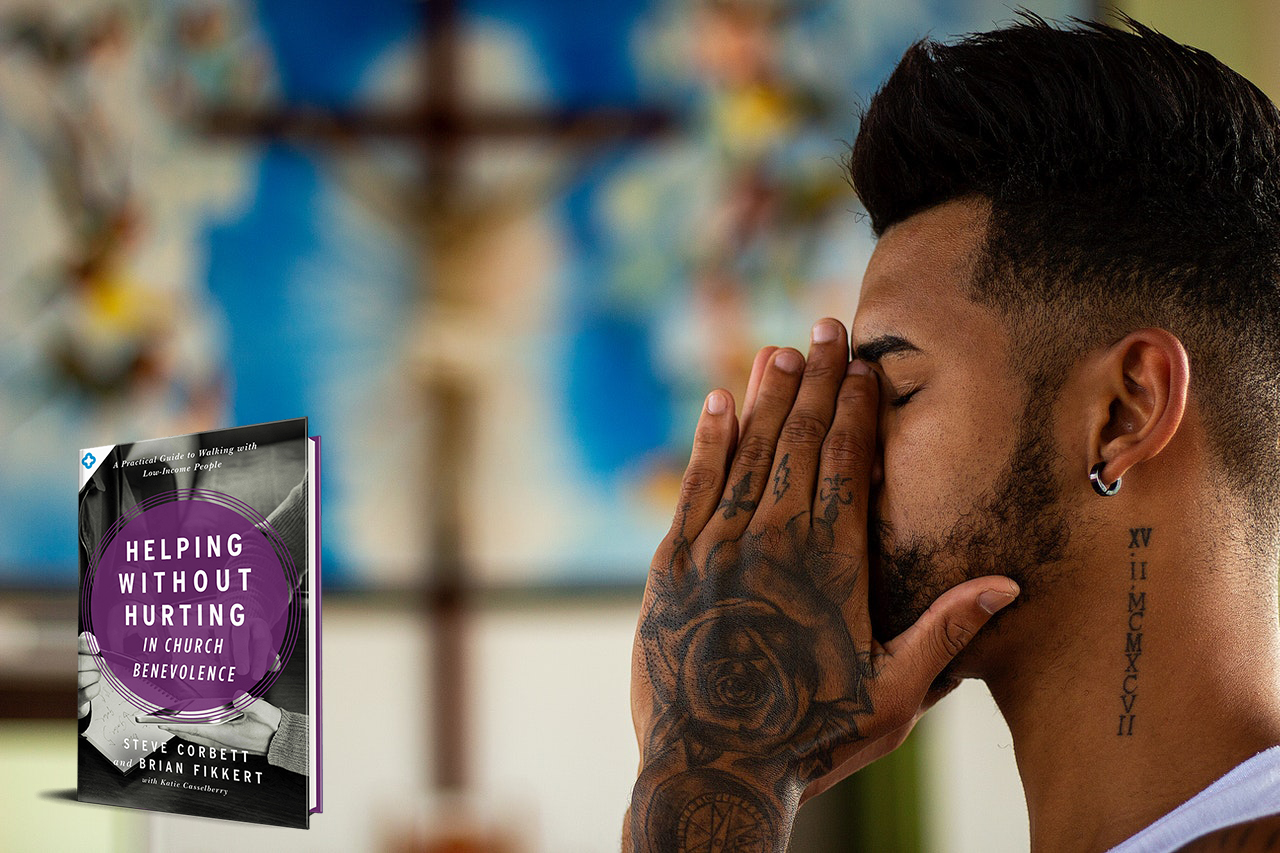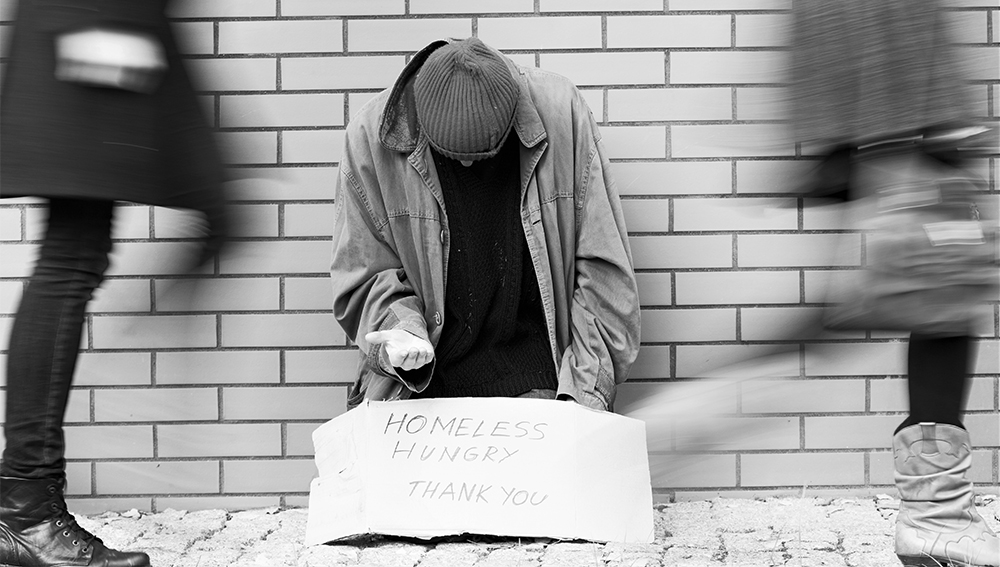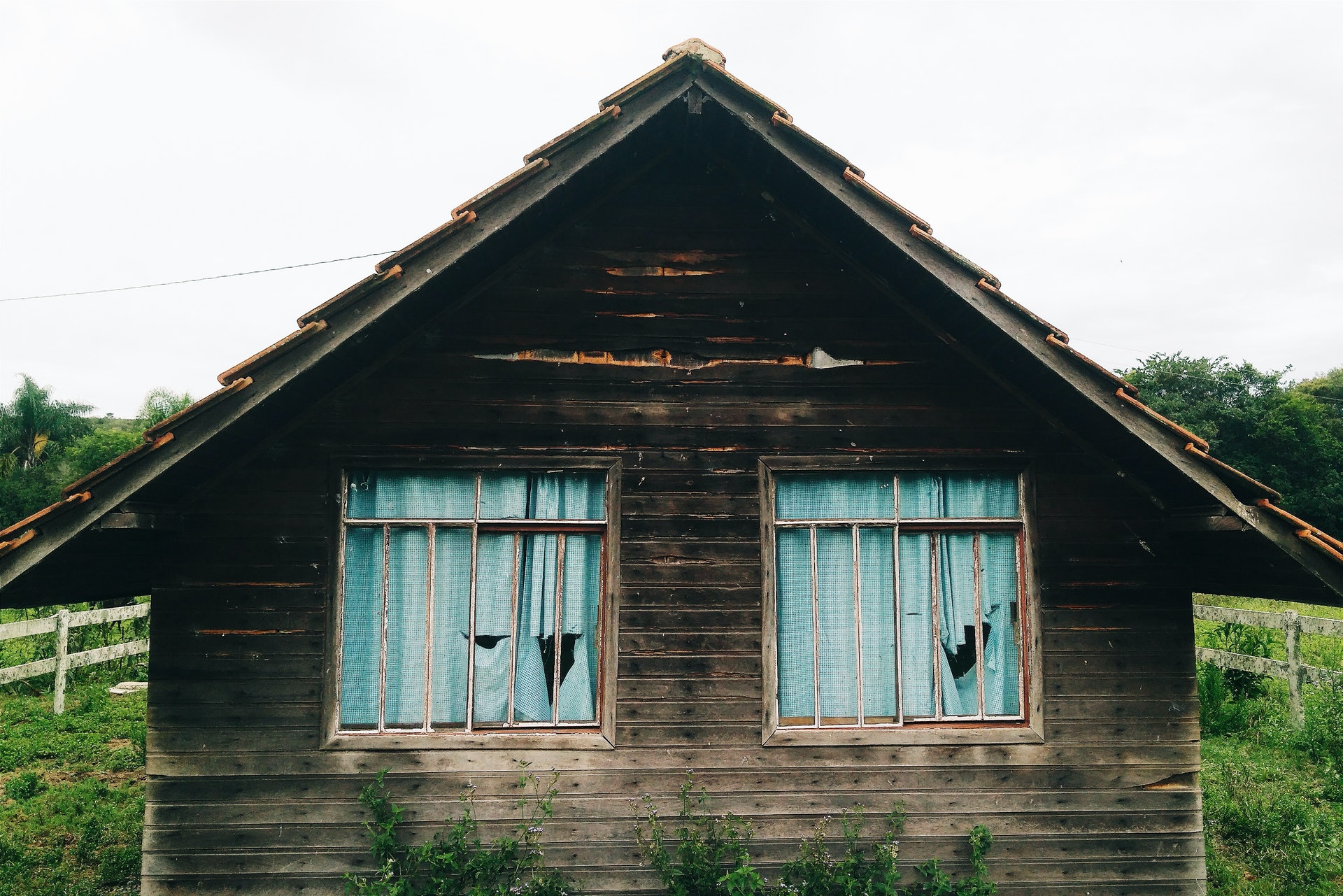Have you wrestled with a growing sense that charity alone isn’t enough to solve the world’s deepest problems? Whether it’s feeding the hungry, ending human trafficking, providing clean water or translating Scripture, nonprofit leaders have been looking for ways to increase impact without creating fatigue for their financial donors.
Imagine a situation in which you learned that the water that you had been drinking for some time had been revealed to be toxic – what you thought was life-giving was actually bringing harm to those who consumed it. In 2011, Robert Lupton wrote an exposé of sorts entitled Toxic Charity that revealed to many that the charity they had practiced for years could likewise be toxic. It was important to realize this, but what does one do to replace toxic practices with those that are life-giving? Robert Lupton’s Charity Detox aims to provide the groundwork and methods for purifying one’s charity.
Cover of Who Really Cares book
This book can be purchased on Amazon.com.
In Who Really Cares: America’s Charity Divide, Arthur Brooks sets out to answer three questions: who gives, who doesn’t, and why does it matter? America is by far the most generous nation in the world – both in percentage of income financial giving and non-monetary contributions like volunteer time and organ donation. However…
Helping Without Hurting: In Church Benevolence, by Steve Corbett and Brian Fikkert, succinctly answers the question of how to put principles of When Helping Hurts into practice. A short book with an easy to follow layout, this volume refreshes the theory and hammers out the details of how to implement a truly helpful benevolence program.
Invisible Neighbors is a faith-based study perfect for those looking to expand their knowledge and gain practical insight on how best to care for the poor. Written by John Ashmen, a long-time veteran in service to the poor and president of Citygate Network, this expertly written study convicts and equips its participants to reach out to their neighbors in need.
Opioid overdoses in rural areas have been on the rise for years—and now they are surging in the wake of COVID-19. Meanwhile, small hospitals teeter on the brink of bankruptcy, and farmers are dumping thousands of gallons of milk. Rural parts of the country, despite their low population density, have not escaped the destruction of COVID-19. …

